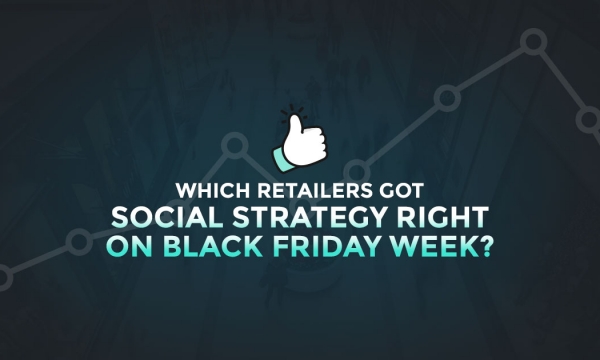Snapchat might not be the first platform on your social media strategy, but could the platform’s new initiative have the potential to change that?
So what is it?
Context cards are essentially a way for Snapchat to try and deliver more content to users that is relevant to the content that they have initially engaged with – and to add an ecommerce dimension to that content.
So if a user engages with a ‘snap’ that references a cool new restaurant, the context cards could display content that allows the user to, for example, reserve a table at the restaurant and book an Uber to take them to it.
Whilst the concept is currently limited to what Snapchat describes as ‘content partners’, there is clear scope here to extend this out to brands and allow them to add transactional elements to their content. So a travel brand would be theoretically add a booking mechanism to some inspirational destination content, or a retailer could add a call to action to purchase the gadget that they’re promoting on the platform.
Going beyond the ‘snap’

Snapchat has been something of a conundrum for brands. On the one hand, it is perhaps the one social network that best cuts through with an audience group that is notoriously hard to reach, and one that typical spends a high proportion of income on experiential products and FMCGs.
But the fleeting nature of the content on the platform, and difficulty in retaining the attention of audiences where the lifespan of content can be counted in terms of seconds, makes it hard for brands to really target audiences and associate themselves with the right kind of content.
Snapchat has tried to address that for some time, and context cards is a step forward in trying to engage users “beyond the snap” – offering more, relevant content that advertisers can support.
A new advertising position to bid for?

Of course, if or how Snapchat proceeds with the concept to open it up to brands remains to be seen. If it does, the first question is whether these cards will be controlled by the content publisher, or whether they will be influenced by algorithmic factors – essentially allowing these cards to become an advertising inventory that will simply be sold to the highest relevant bidder.
A user-controlled option should also encourage brands to publish more and more of their own content to the platform but, as we have seen with YouTube recently, Snapchat is likely to place very strict controls on just who and what does appear on these cards.
Why should we care?

Snapchat isn’t going to appeal to every advertiser and every brand, but it undoubtedly connects with an audience that is notoriously difficult to reach, and natively aware and cynical of branded messages on social media.
Brands will still need to create content that has relevance, but they may soon be in a position to really drive transactional value through that content with direct, in-app calls to action.
It may be some time before Snapchat makes this available to brands, if it does at all, but those involved in experiential industries, or FMCGs in particular, may want to be the first in the queue to try this new engagement technique.


